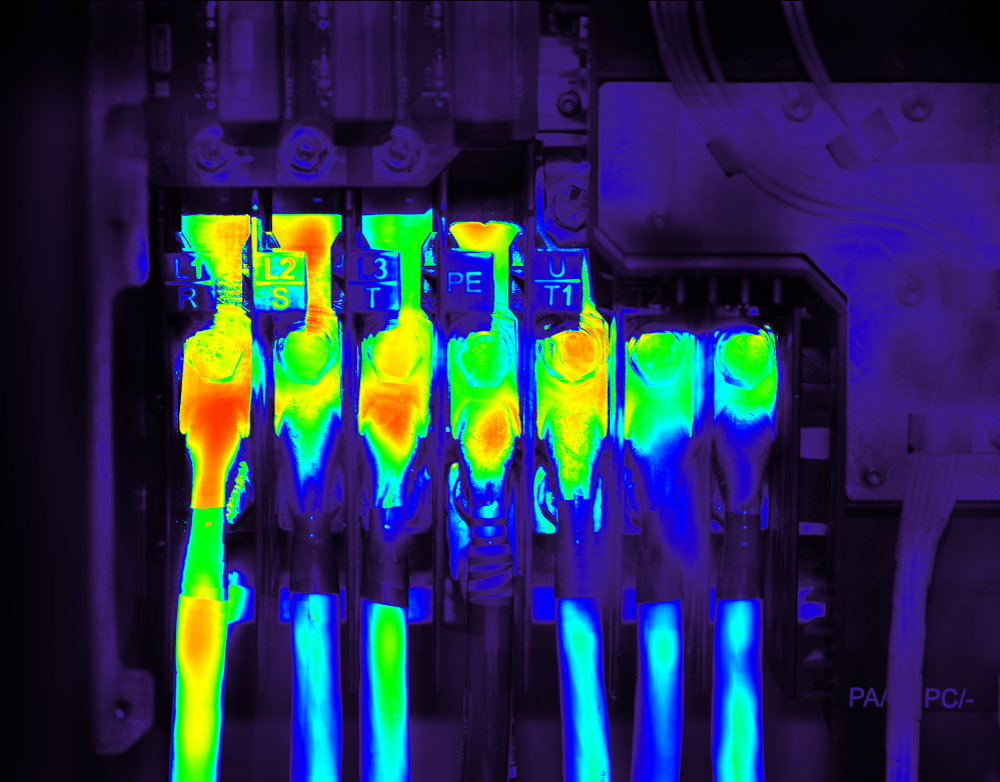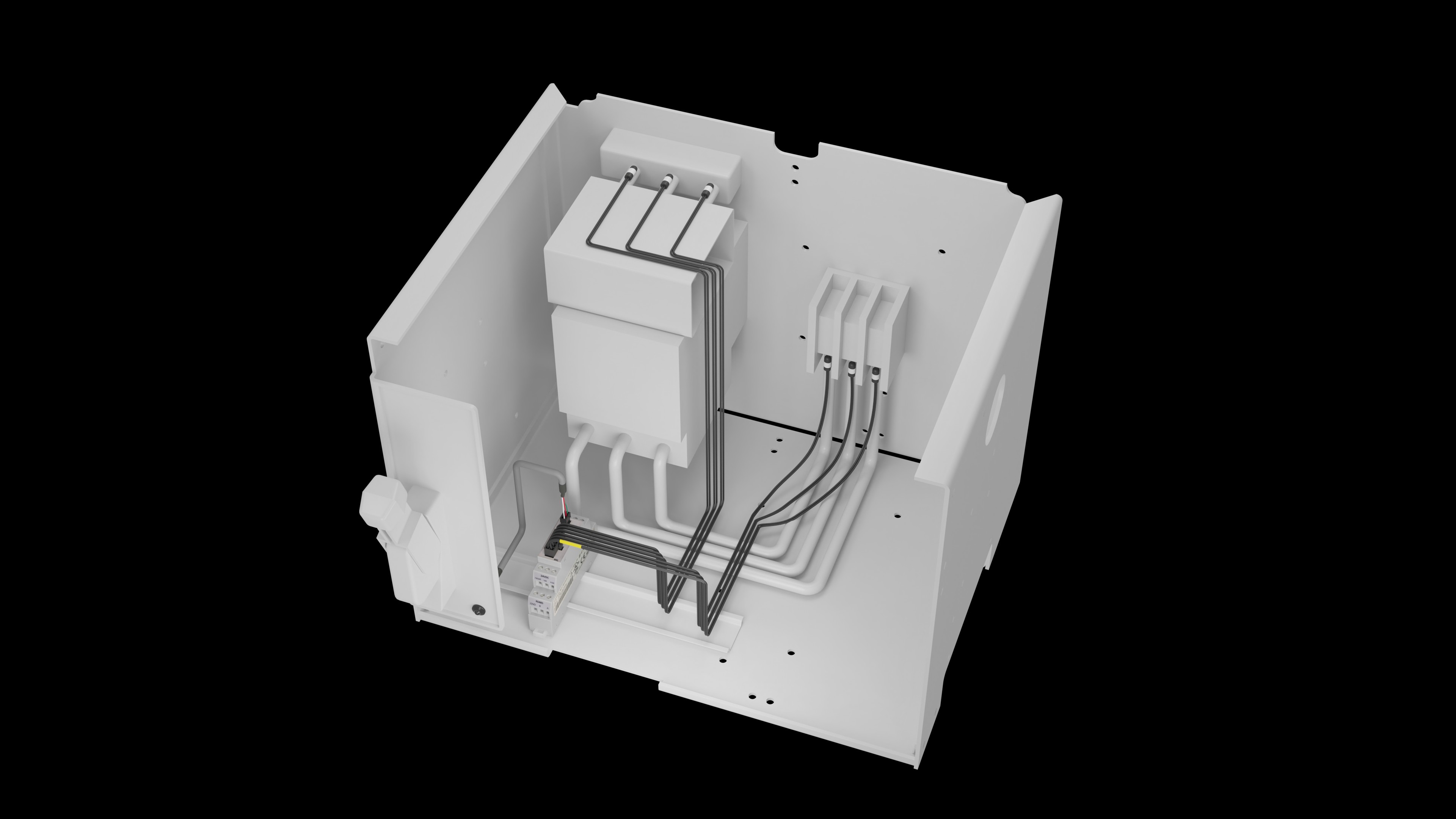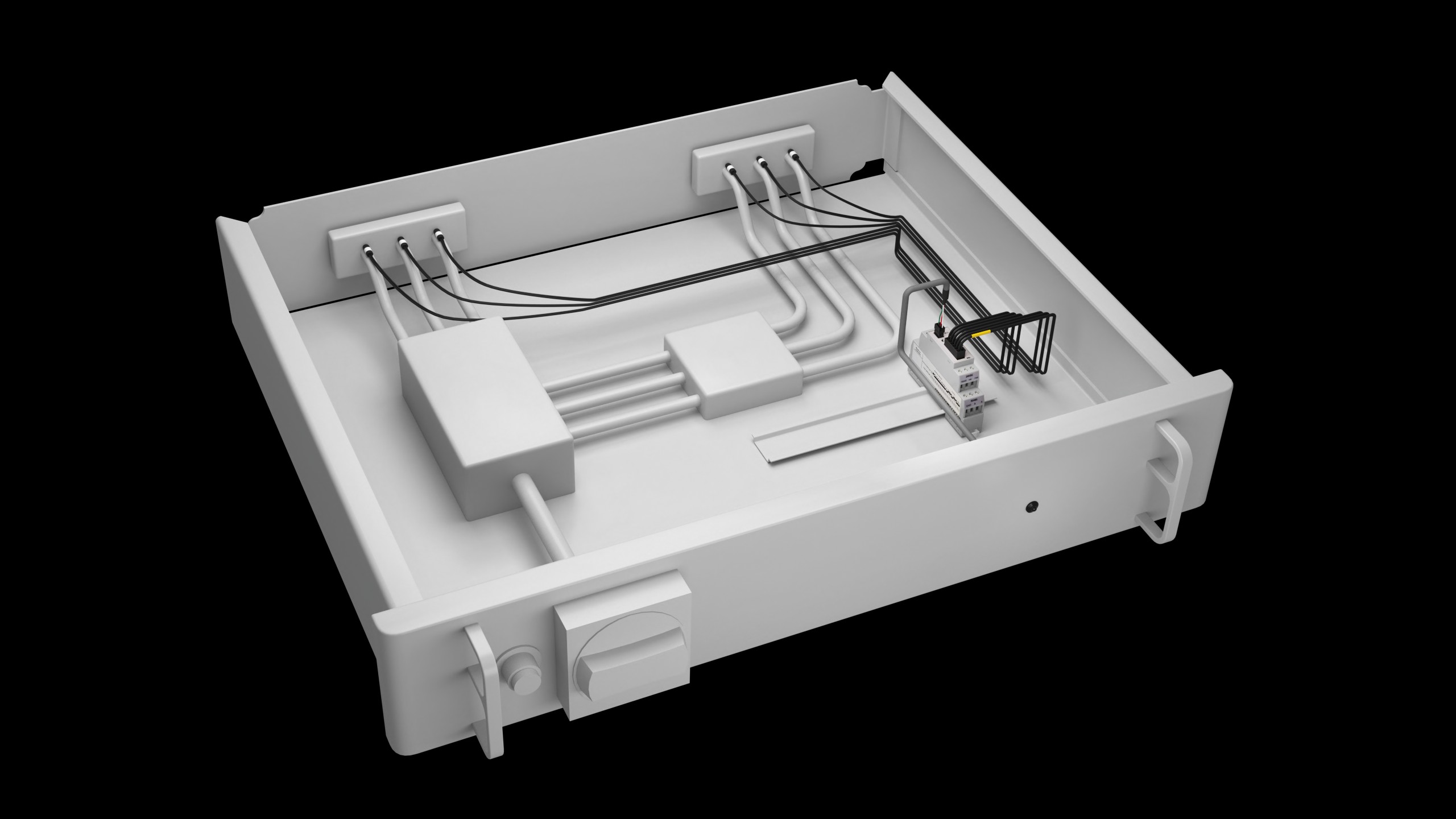Types of IR sensor
They can be divided into two broad categories:
Passive infrared sensors or PIR – these are sensors that do not emit any infrared radiation themselves but instead detect infrared radiation emitted by other objects. These types of sensors are used in applications such as motion sensing or temperature measurement. PIR sensors can be found in the home in the form of motion detectors for home security systems, the aforementioned remote controls, and smoke alarms to name a few. Thermographic cameras are also an example of a PIR sensor.
Active infrared sensors, or AIR - they emit infrared radiation themselves and detect that which is reflected at them, these are often used for applications such as detection and ranging. Night vision or security cameras are also an example of an AIR sensor..
In some cases, when used in conjunction with a passive infrared vision device, specially designed AIR devices can be used as a source of illumination in areas of low light. But we need not concern ourselves too much with this lattermost example, as they are not commonly used outside of military or law enforcement applications.
Beyond the two broad categories, there are subcategories of sensor all with slightly different use cases.
- Thermopile sensors: detect the infrared radiation emitted by an object in order to measure the temperature of said object. They take advantage of the thermoelectric effect to measure temperature. These sensor systems are often utilized in industrial process control and medical devices.
- Infrared spectroscopy sensors: These detect the absorption, transmission, and reflection of infrared radiation to identify and analyze the composition of materials. This type of sensor is frequently used in chemical analysis, environmental monitoring, and materials science.
- Infrared imaging sensors: detect the intensity of infrared radiation emitted by objects and create an image based on the intensity distribution. They are used for thermal imaging, medical diagnosis, and low light/night vision devices. Bolometers: These sensors produce an electrical signal by measuring how a material's resistance changes when it is subjected to infrared light.
IR sensors - analog or digital?
The distinction between analog and digital IR sensors is different from the distinction between analog and digital media (a record vs a CD for example). Instead, an analog infrared sensor is a type of sensor that outputs a continuous signal that can take on any value within a certain range, whereas a digital IR sensor outputs a signal that can only take on a finite number of values e.g., one or zero, yes or no. An analog signal from an analog sensor can still be interpreted as ‘digital’ data.
Modern solid-state infrared sensors, particularly those used in large-scale industrial or commercial settings for measurement and analysis will collect the relevant data and output that data to a digital system. Either to a central control system such as Supervisory Control And Data Acquisition system (SCADA) or a Building Management System (BMS) in the case of networked sensor systems, or on a readout in the case of a single non-networked sensor.


.webp?width=2000&name=2024%20CTM%20Survey%20Results%20Website%20webp%20(1).webp)











